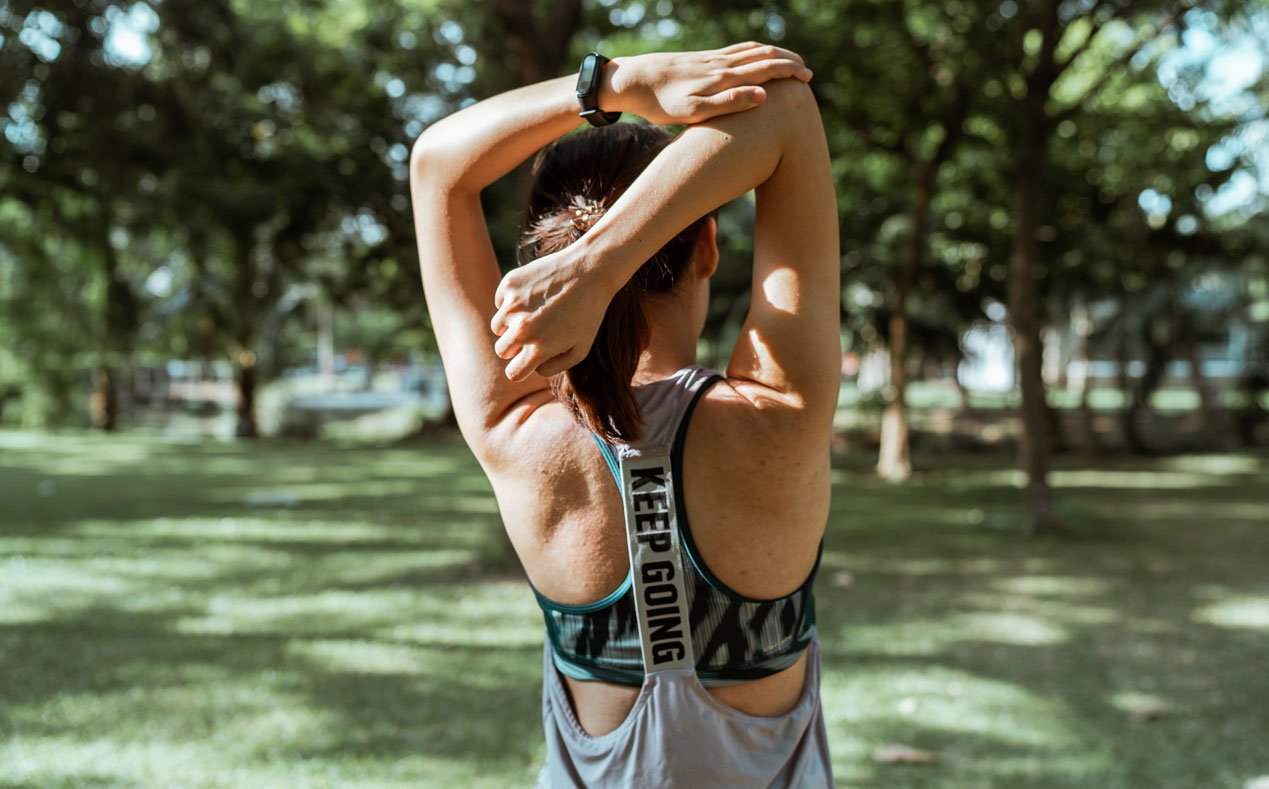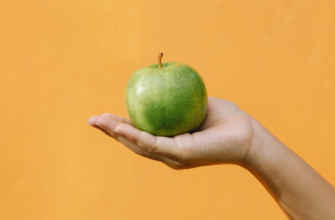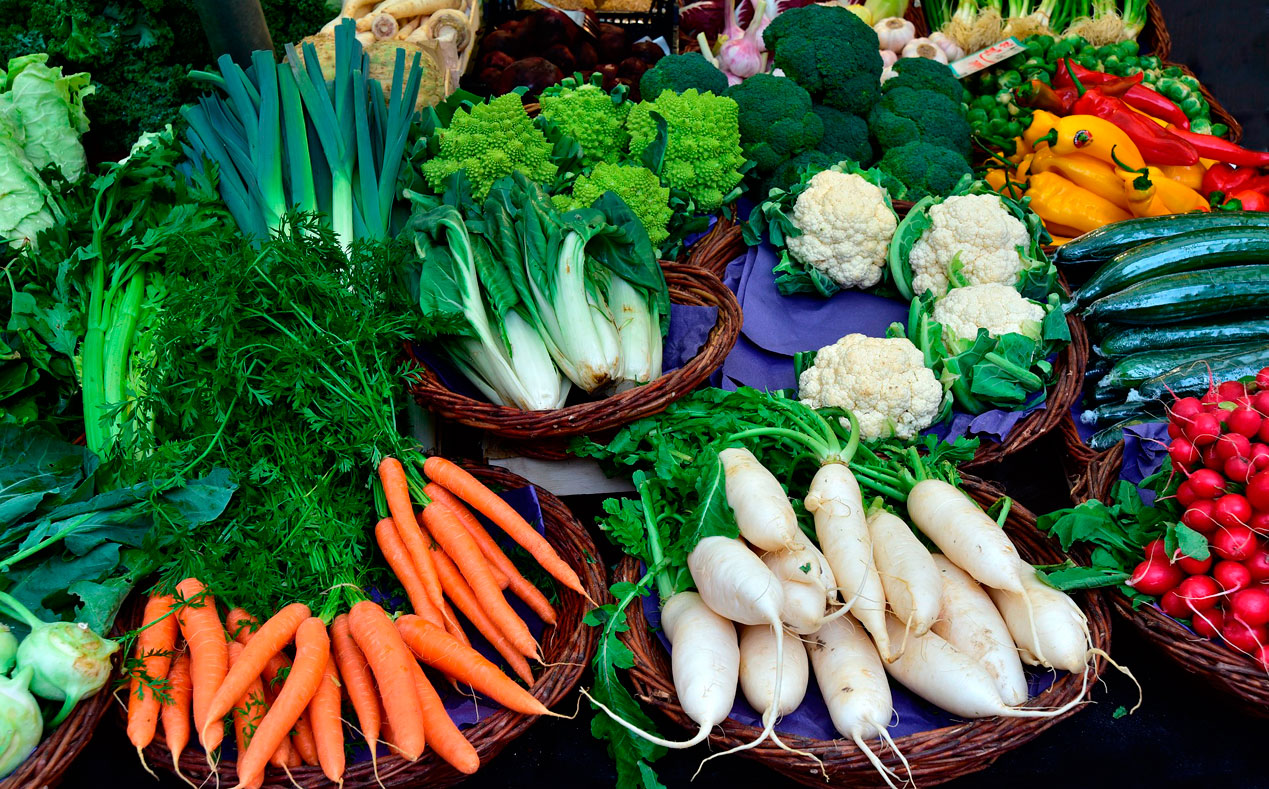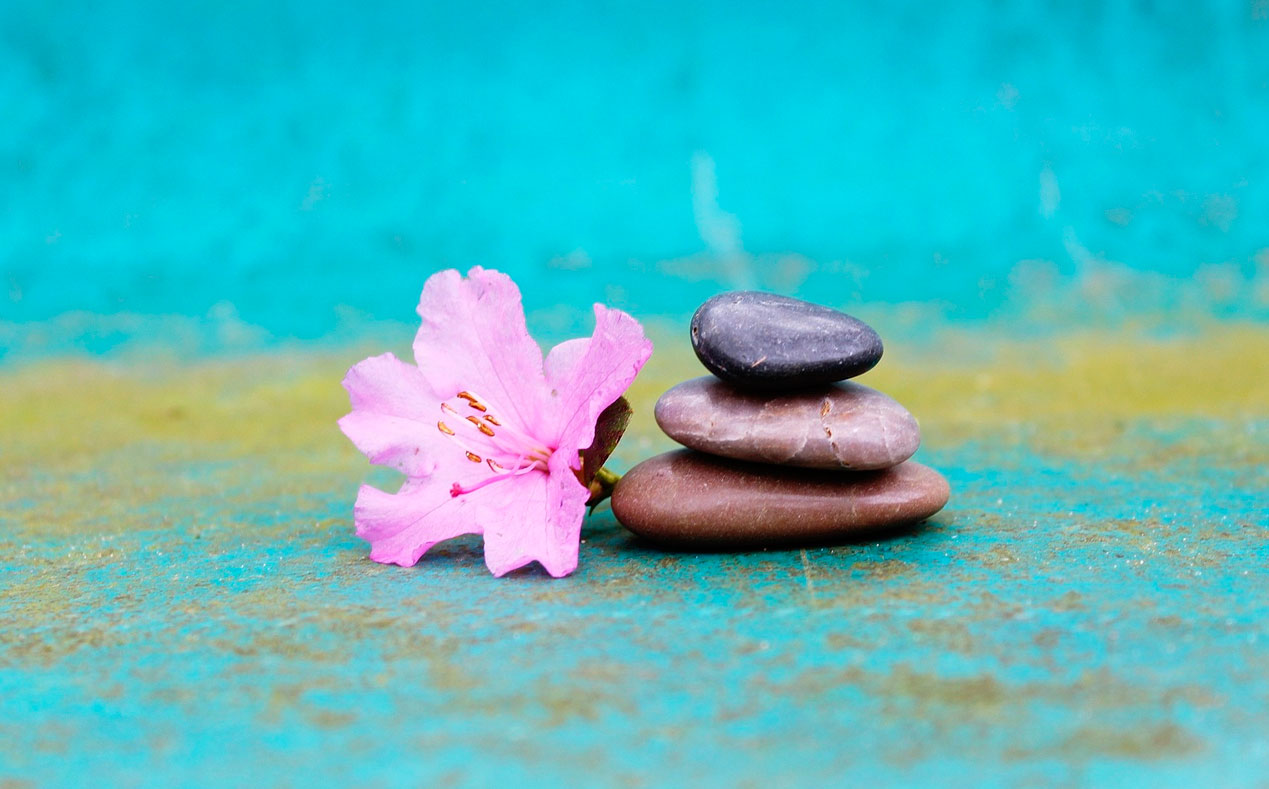Listen to “Staying Fit at 40”.
Guest post written by Branden Mcleod from HFE. HFE is one of the UK’s leading providers of fitness-related courses, from personal training, Pilates and Yoga.
Perhaps you’ve been active your whole life, or maybe you’re just looking to make a positive change. Whatever your situation is, it’s important to know that it’s never too late to become physically active. We tend to associate getting older with taking things a bit slower, but our increasingly sedentary lives are wreaking havoc on our bodies, meaning now, more than ever, we need to prioritise keeping our bodies fit and healthy to avoid any problems later down the line. In this article, we will look at 5 key areas you can focus on in order to maximise your chances of living a life full of movement, health and happiness and not only stay fit at 40, but to keep you fit for many years to come.
Prioritise your nutrition
For a woman, nearing the menopause means you won’t have the same metabolism you had when you were 20. For men, a decrease in testosterone as you age makes gaining weight easy and losing it even harder. Therefore, it is important to monitor both the food you are putting into your body and the number of calories that come with it.
A good place to start is to cut down on your alcohol intake. That glass of red wine you have most nights after work, can contain in excess of 200 calories, as much as a glazed doughnut! As you get older, your liver also takes longer to metabolise alcohol, allowing it to stay in your system for longer. Be mindful of the recommended guidelines of 14 units of alcohol per week, or even consider total abstinence from all alcohol.
In terms of food, make sure you are incorporating high quality protein sources into your diet such as fish, chicken, lean beef, nuts, beans and eggs. Foods like these will not only fuel your muscles for important growth and repair, but will also keep you feeling fuller for longer, helping you to manage those mid-afternoon or late-night cravings. Consider snacking on fresh fruit, Greek yoghurt or nuts, swap out fizzy drinks for flavoured water and of course, stock up on leafy greens.
Look after your spine
Back pain is one of the most common reasons for a visit to the GP. Low back pain is also a leading cause of inactivity amongst older adults, with as many as 1/3 of the UK adult population being affected by the condition at any one time. As you reach your forties, you may notice an increase in back pain frequency. A sore back, as a result of age-related spinal issues, is unfortunately a fact of growing older. There are, however, some steps you can take to help combat back pain and support your quality of movement for the future.
By taking up yoga or Pilates, you could significantly improve both your spine health and overall mobility. Yoga helps to strengthen and stretch the stabilising muscles in your back and core, helping to support a strong and healthy spine. Managing your weight will also help take care of your spine. The spine is made up of vertebrae stacked on top of each other with jelly-filled discs in between. These discs cushion any movement and absorb any pressure. Excess weight can cause unnecessary strain on these spinal discs, leading to erosion and because of this, obesity is often linked to low back pain issues.
Find a hobby to keep you moving
It goes without saying that regular exercise will go a long way in keeping you fit and healthy. Better yet, finding a hobby that you enjoy and which makes your heart beat faster, makes living a healthy lifestyle that much more attainable and pleasurable. For example, cycling is a great way to improve your muscular and cardiovascular endurance. Swimming, jogging, indoor rock climbing, joining your local aerobics class or even long walks with the dog, are all fun, accessible and healthy hobbies to keep you moving.
Build muscle
Don’t think it’s too late to join a gym and start building muscle in your forties. As you grow older, the skeletal muscles of your body start to weaken and wither. This process is known as sarcopenia and can generally present itself around the time you reach the big 4-0. Although a natural consequence of aging, training for hypertrophy (muscle mass) can help to slow down the process of sarcopenia. With a strong muscular foundation, you’re putting yourself in the best possible position to prevent severe mobility issues later in life. Training to increase muscle mass in your forties, also helps to combat a slower metabolism. A slower metabolism means an increased chance of gaining unwanted fat. If you are new to the gym, it may be worth hiring the skills of a personal trainer, so as to avoid any injuries and to make use of a tailored workout plan.
Strengthen the bones
The average person will reach peak bone mass between the ages of 25 and 30. Around age 40, your bone mass slowly decreases. Resistance and weight bearing exercises can help decrease a loss of bone mass as you age. Strengthening the bones can go hand in hand with building muscle, as they both require a certain degree of resistance training. In terms of weight-bearing exercises, these are any activities that involve you carrying your own weight, whilst working against gravity. Walking, jogging, dancing or playing a sport such as tennis, are all weight-bearing activities that will help strengthen your bones. Building and maintaining strong bones early on, can reduce the likelihood of developing osteoporosis. A serious disease commonly associated with ageing, osteoporosis involves the bones becoming frail and more susceptible to breaking.
It’s never too late to make a positive change in your life. As you grow older, it is particularly important to look after your physical health (and mental health) so you can continue to enjoy life to the fullest. By focusing on the 5 key areas above, you too can ensure you stay fit at 40 and for many years to come.













